This blog post article is the third in a series of ten articles on Deep Pressure Massage of the Neck
Overview of Deep Pressure Massage Technique

Figure 1. Starting position for deep pressure massage to the right side of the neck. Permission: Joseph E. Muscolino. Advanced Treatment Techniques for the Manual Therapist: Neck (2015)
The science of performing deep pressure massage to the neck follows the laws of physics and, whenever possible, involves the use of body weight and the contraction of larger muscles instead of smaller ones. The art of performing deep pressure massage lies in exactly how these guidelines are carried out and applied. The following is an overview of deep tissue work to the posterior neck of the client. In this example, the target musculature, the musculature of the client being worked, is composed of the muscles that overlie the laminar groove, midway up the neck on the right side.
Starting position
- The client is supine, and you are seated at the head of the table, toward the right side.
- Your right hand is the treatment hand, and it is placed on the right side of the client’s neck.
- Your left hand is the stabilization hand, and it is placed on the left side of the client’s head.
- Note that your right elbow is tucked in front of your body so that you can use your core body weight behind your treatment hand when pressing into the client.
- Your left elbow is also tucked in to maximize use of your core behind your stabilization hand for supporting and stabilizing the client’s head and neck (Figure 1).
Step 1: Rotate and support the client’s head and neck
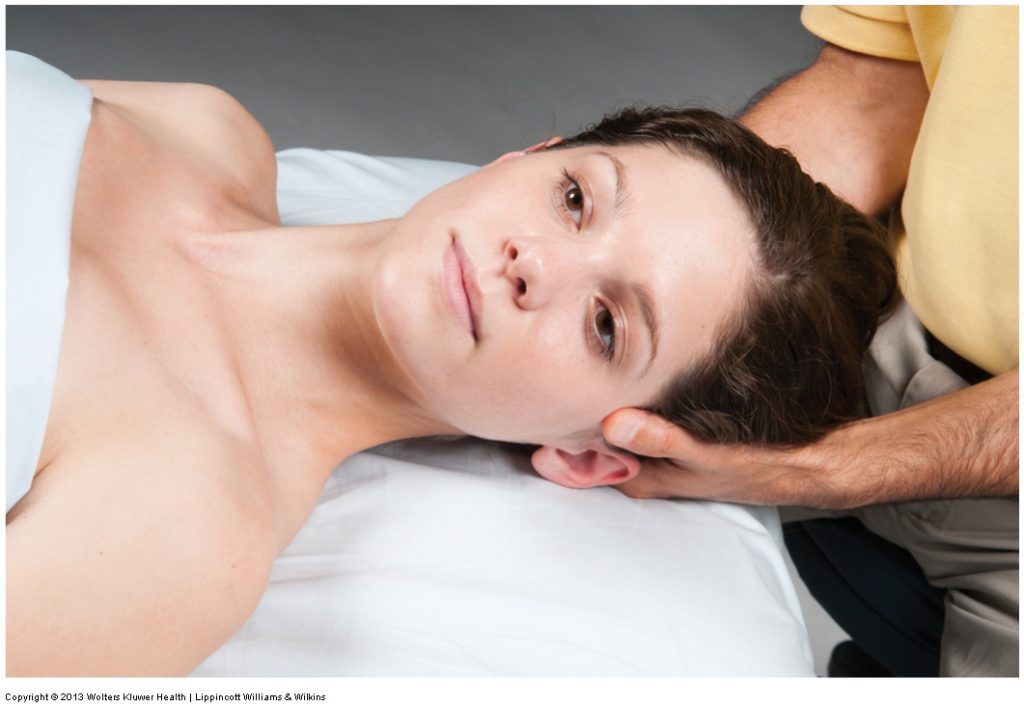
Figure 2. Rotating and supporting the head and neck. Contralaterally rotating the client’s head and neck to the left allows better access to the posterior musculature on the right side. Permission Joseph E. Muscolino. Advanced Treatment Techniques for the Manual Therapist: Neck (2015).
- Rotate the client’s neck to the opposite side (contralaterally) approximately 30 to 45 degrees into your left (stabilization) hand (Figure 2).
Step 2: Treatment hand contact
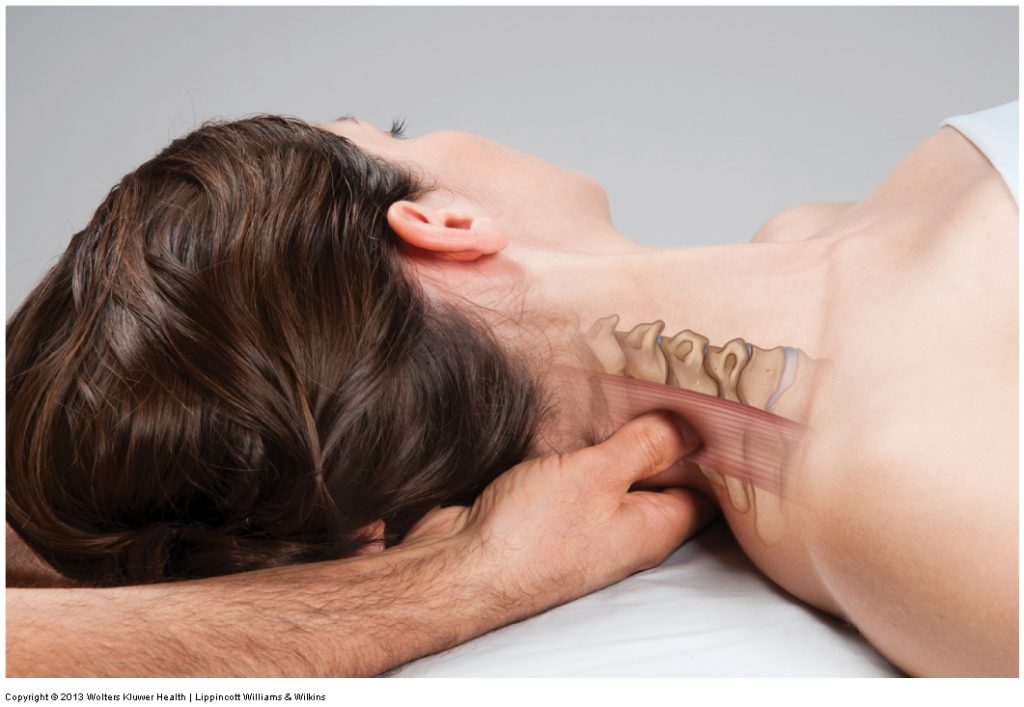
Figure 3. Treatment hand contact. This photograph illustrates using the thumb pad as the treatment hand contact. Permission Joseph E. Muscolino. Advanced Treatment Techniques for the Manual Therapist: Neck (2015).
- Place your thumb pad on the musculature that overlies the laminar groove on the right side (Figure 3).
- Alternative treatment hand contacts are shown in Figures 4A and B.
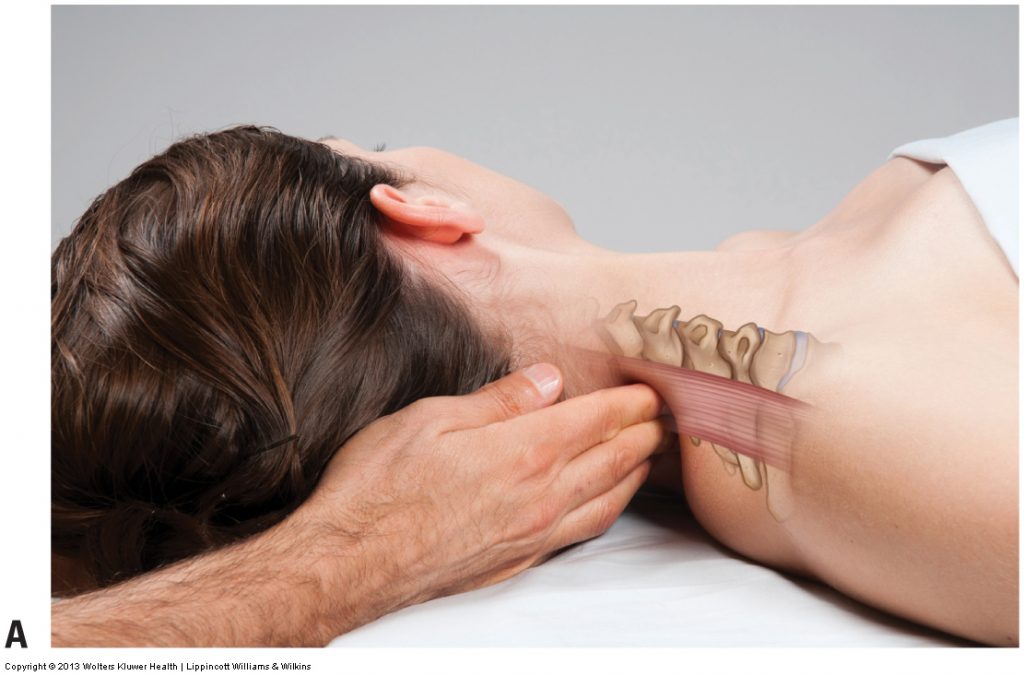
Figure 4. Alternative treatment hand contacts. (A) The finger pads of the index and middle fingers. (B) The knuckles. Figure 4A. Permission Joseph E. Muscolino. Advanced Treatment Techniques for the Manual Therapist: Neck (2015).
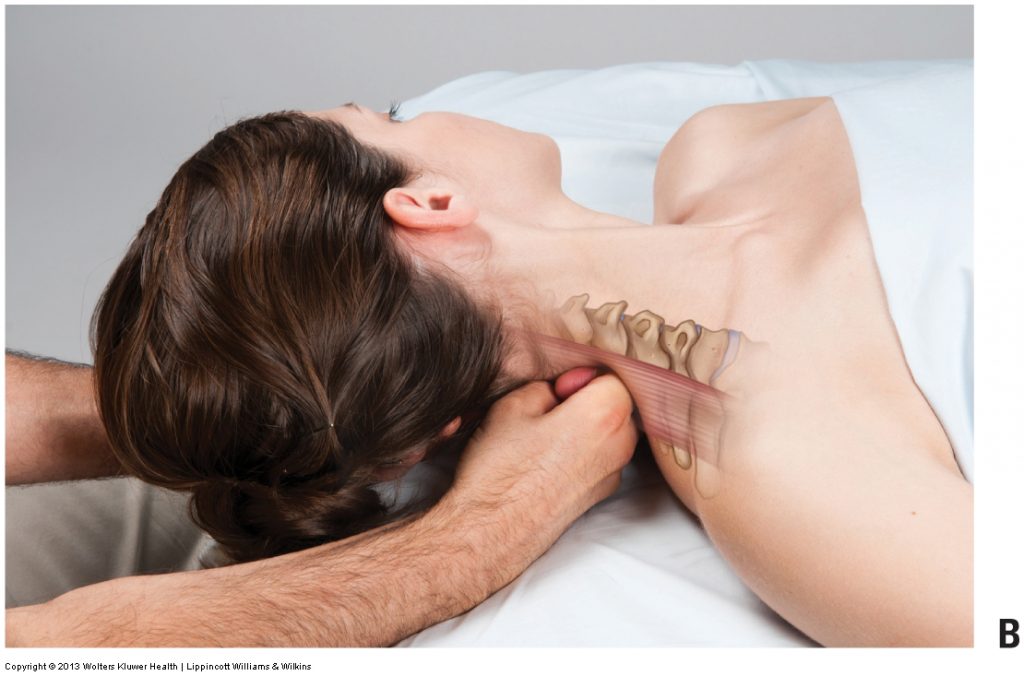
Figure 4B. The knuckles. Permission Joseph E, Muscolino. Advanced Treatment Techniques for the Manual Therapist: Neck (2015).
Step 3: Stabilize the client’s neck and head for deep pressure massage
- It is important to now make sure that the client’s head and neck are fully stabilized with your left hand.
- If the head and neck are not stabilized and held perfectly in place, then they will move when you begin to press into the right side of the client’s neck, and this will decrease the pressure experienced by the client.
Step 4: Apply pressure
- Now perform the deep tissue work by pressing into the client’s musculature with the thumb pad of your right hand.
- It is important to sink slowly into the client’s tissues and to apply the pressure as perpendicular as possible to the contour of the client’s neck that you are working.
- The movement for this pressure should originate from your core (Figure 5).
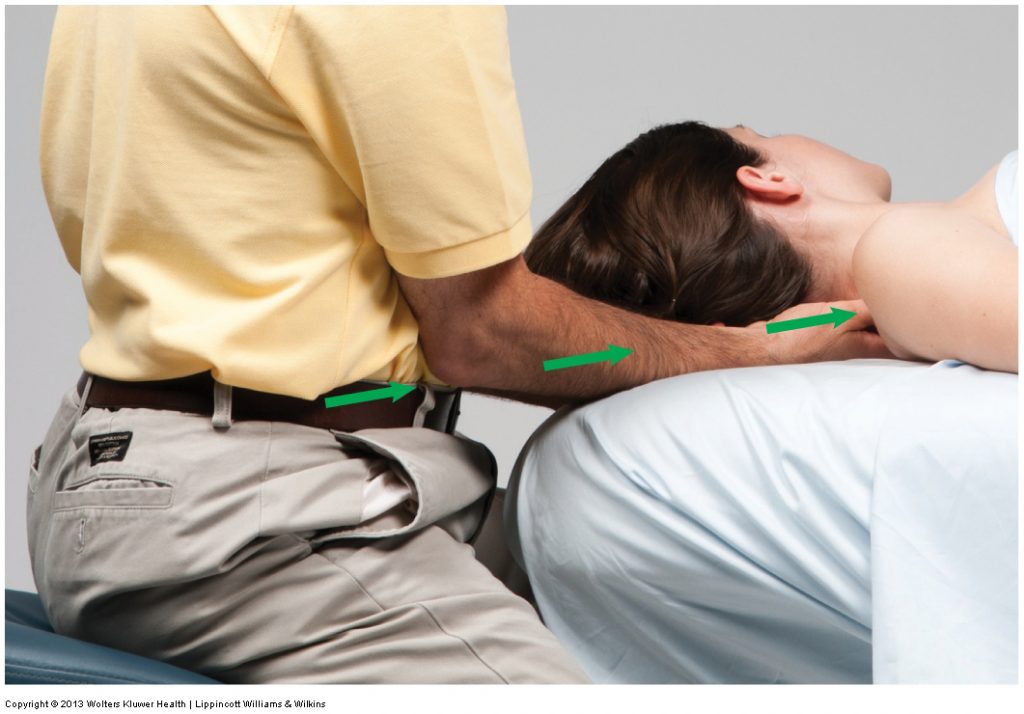
Figure 5. Applying pressure. The therapist’s thumb pad sinks slowly into the client’s musculature. The force for the pressure should come from the therapist’s core by rocking the pelvis forward into anterior tilt and keeping the spine erect. Permission Joseph E. Muscolino. Advanced Treatment Techniques for the Manual Therapist: Neck (2015).
The next seven blog post articles in this series will address each of these steps in detail…
This blog post article is one of ten articles on Deep Pressure Massage Technique to the Neck.
The ten articles are:
- Introduction to Deep Pressure Massage Technique to the Neck
- Neck Deep Pressure Massage: Using Bodyweight and Muscular Effort
- Neck Deep Pressure Massage: Overview
- Neck Deep Pressure Massage: Step by Step – Positioning
- Neck Deep Pressure Massage: Step by Step – Contacts
- Neck Deep Pressure Massage: Step by Step – Use Your Core
- Neck Deep Pressure Massage: Step by Step – Apply Pressure Perpendiculary
- Neck Deep Pressure Massage: Step by Step – Engage the Tissues
- Neck Deep Pressure Massage: Step by Step – Deep Stroking Massage
- Neck Deep Pressure Massage: Prone and Side-Lying
(Click here for the blog post article: Slump Orthopedic Assessment Test for Pinched Nerve.)


